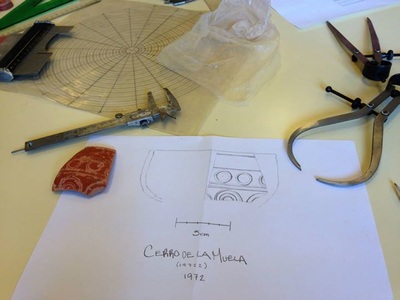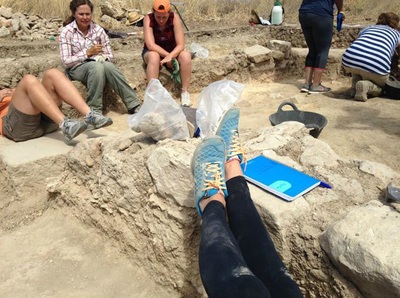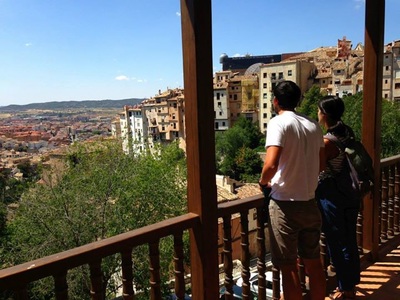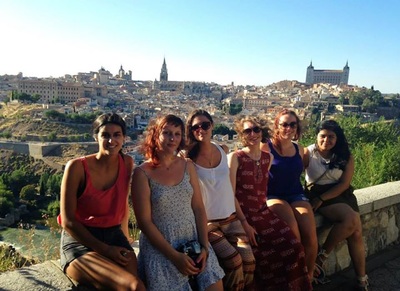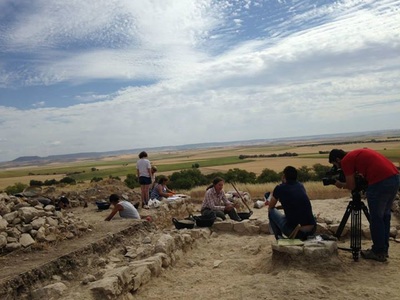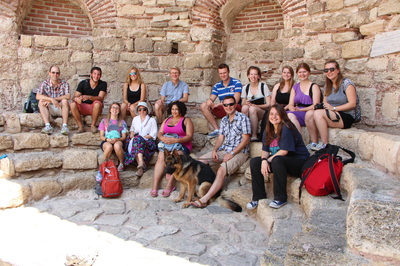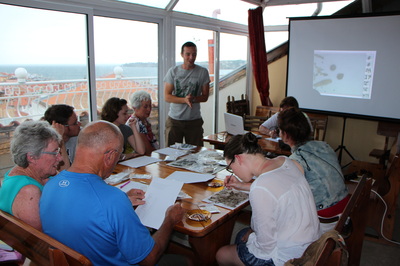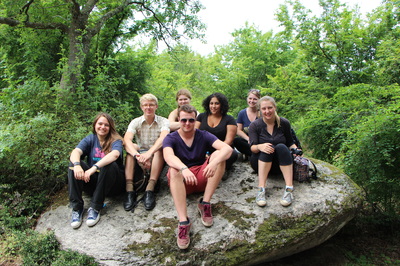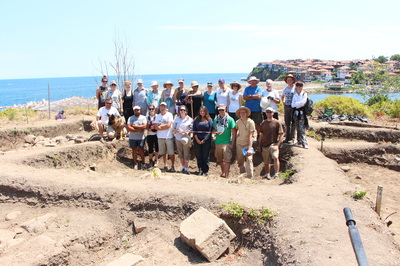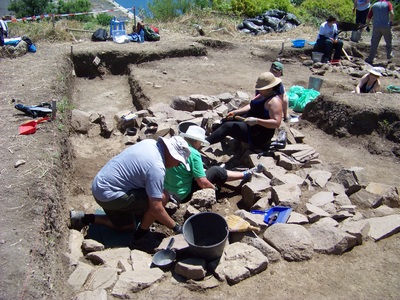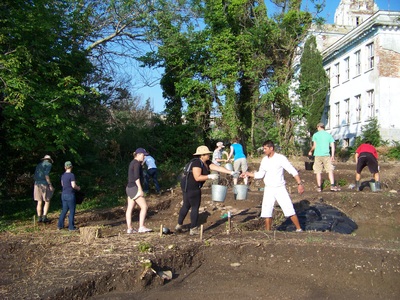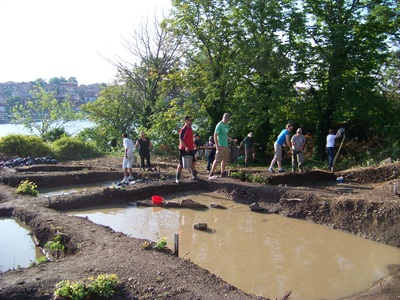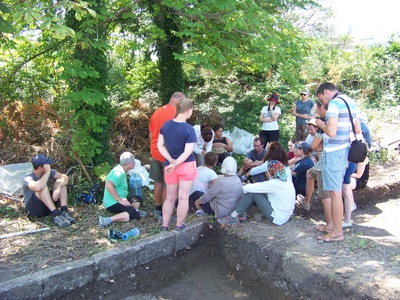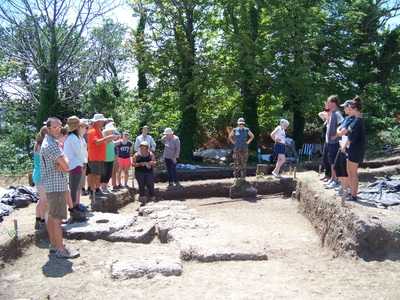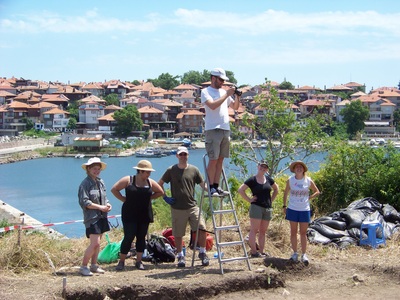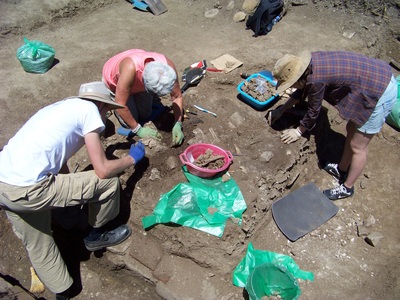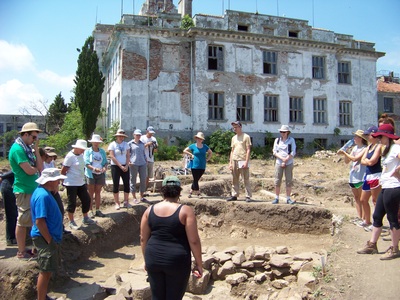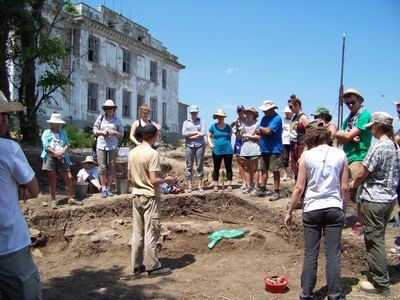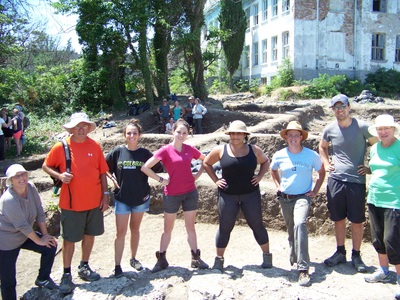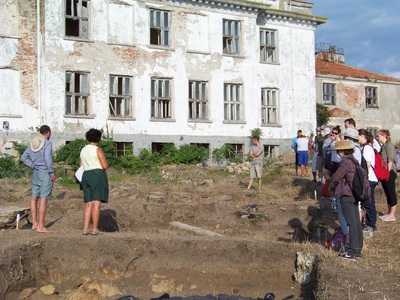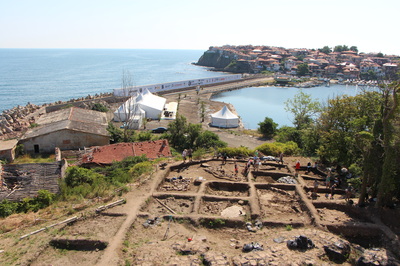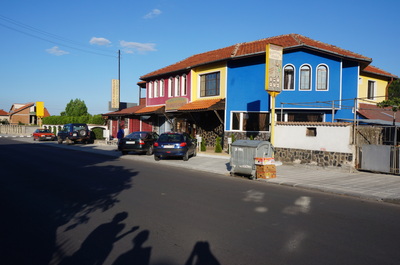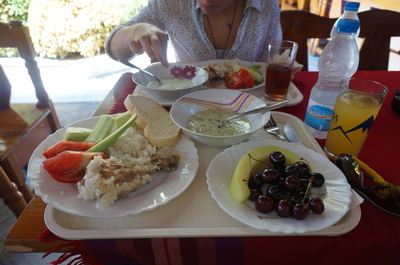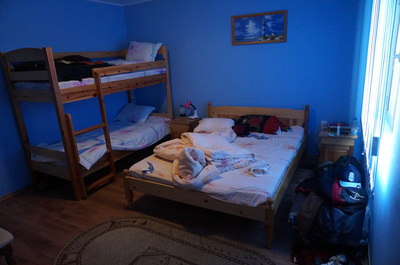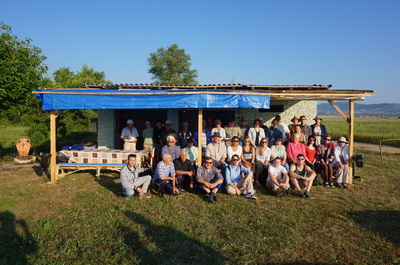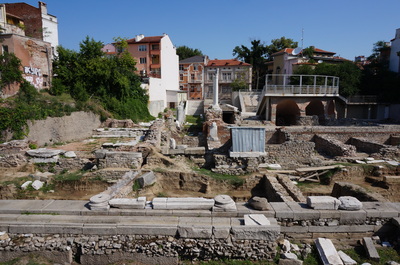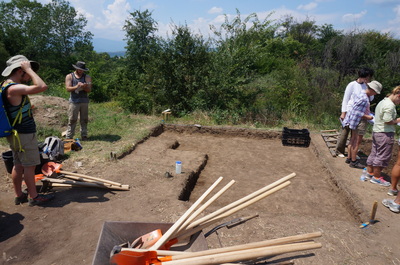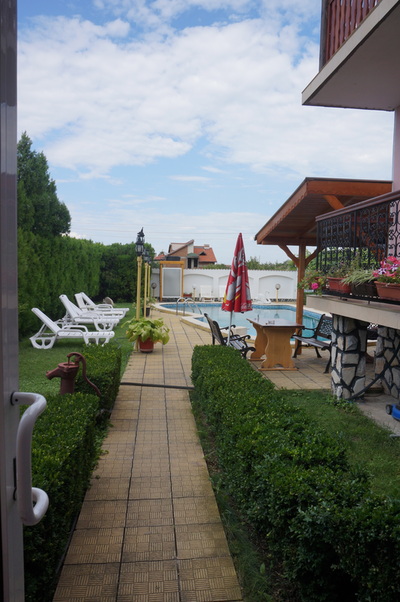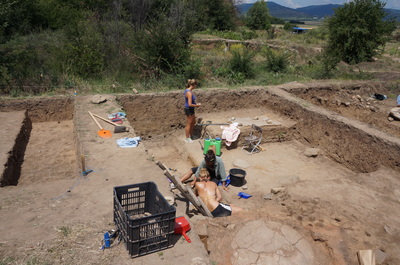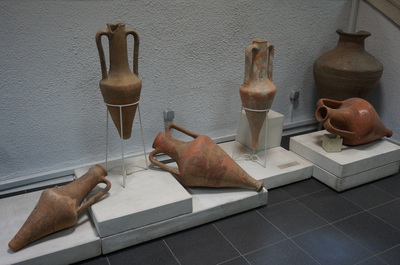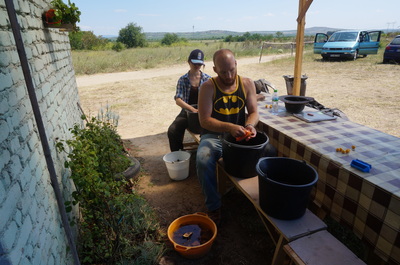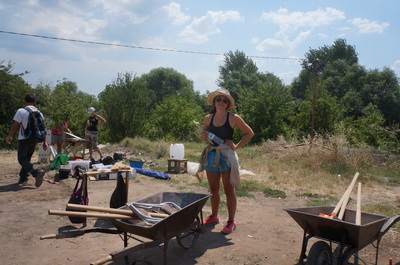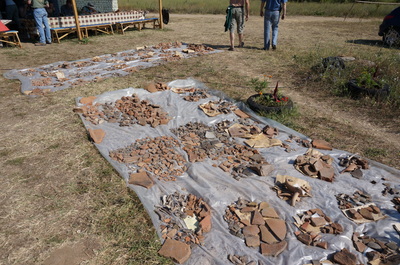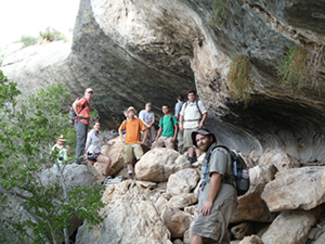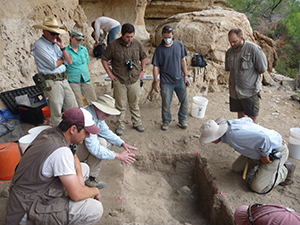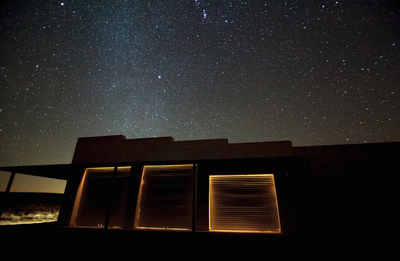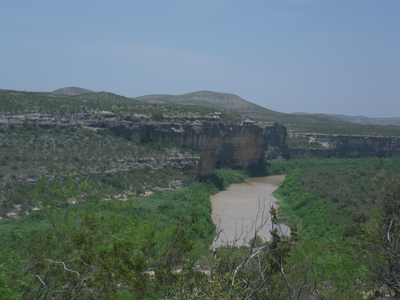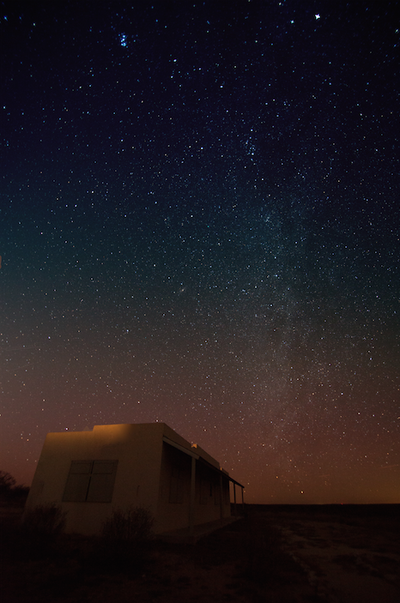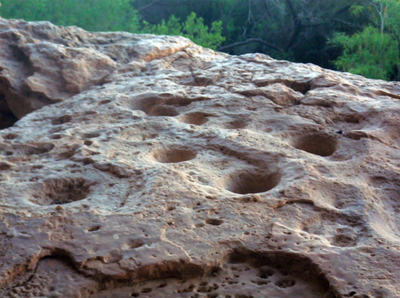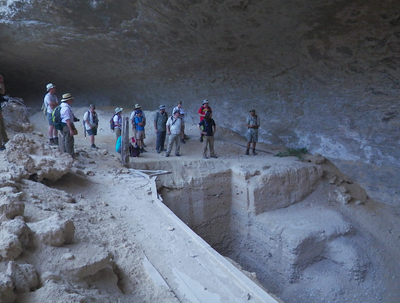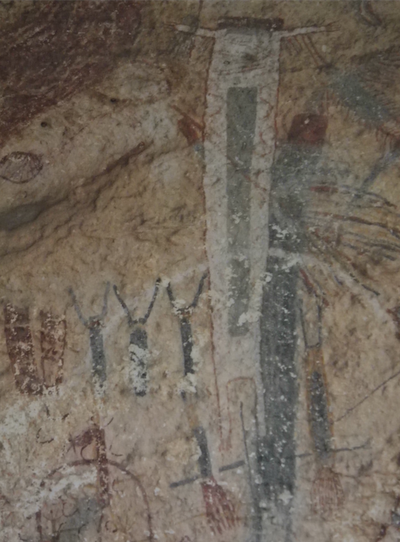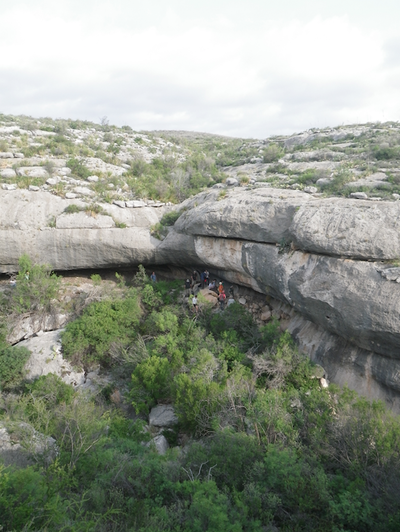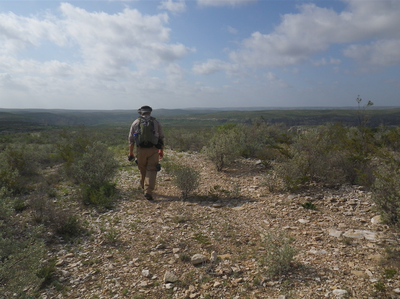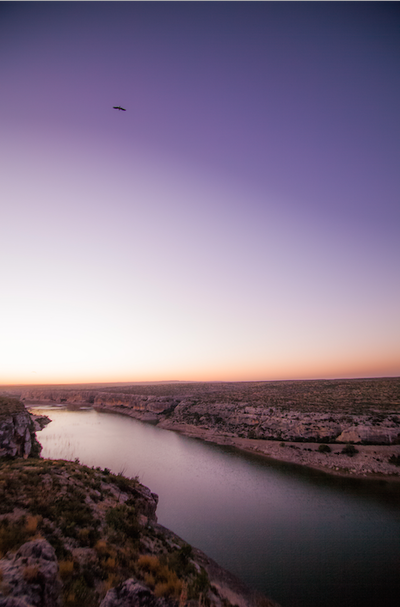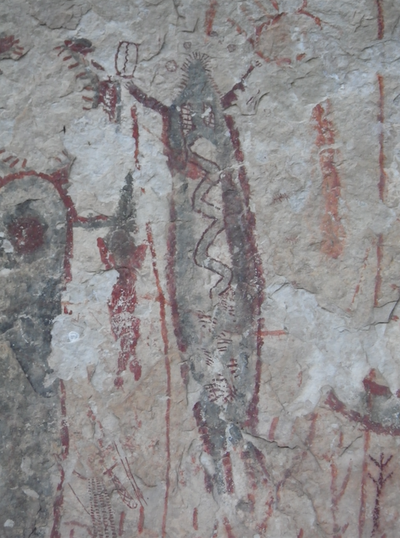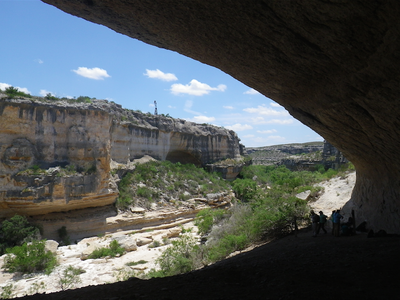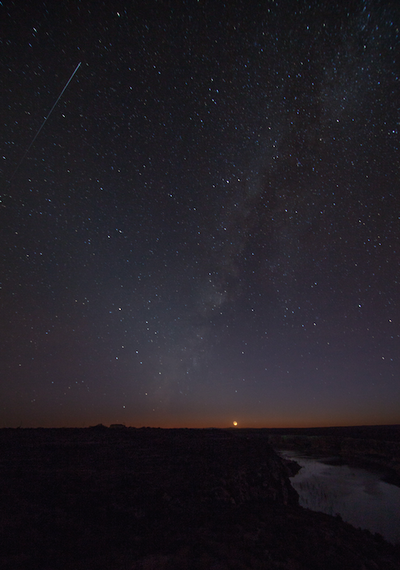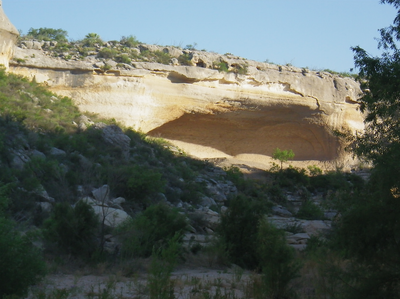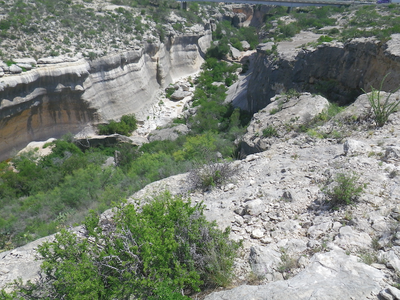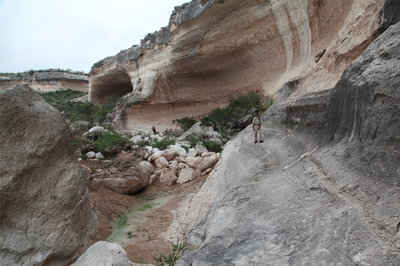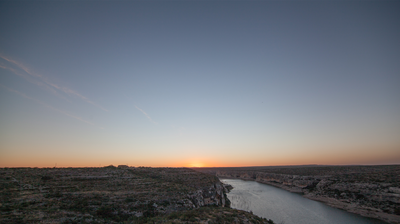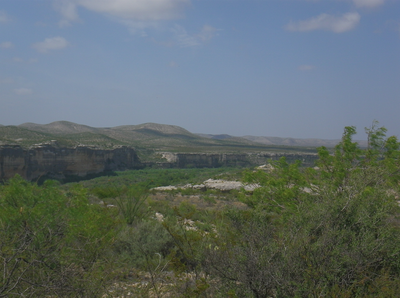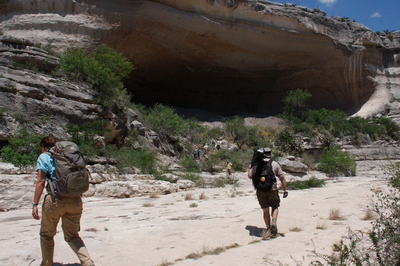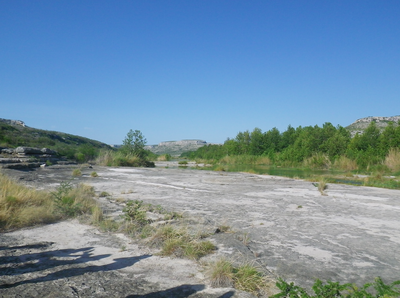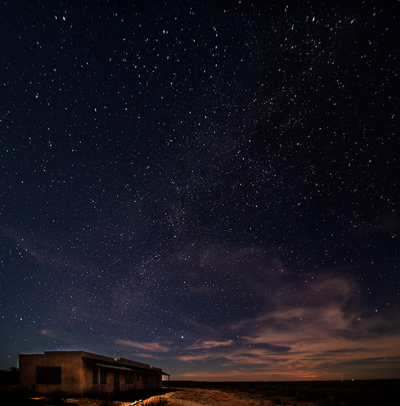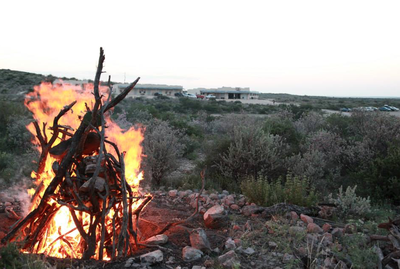* This review was written by Francesca, a student at Montclair State University in New Jersey. She will be graduating this May and plans to pursue museum curatorial and archival work.
FIELD SCHOOL & WEBSITE: ArqueoExperiences Field School- Cerro de la Muela
LOCATION: Carrascosa del Campo, Spain
LENGTH & DATES: Sessions varying from 3 to 6 weeks in length will be offered in July and August of 2015
STAFF: Catalina Urquijo (BA) and Dioniso Urbina (PhD)
COST: Cost ranges from 1,290€ ($1,389 USD) to 2,490€ ($2,682 USD) depending on the number of weeks you attend; price includes room and board, transfer to and from the airport, daily transportation, excursions, and seminars.
Tell us about your field school experience.
Overall, I had a great field school experience. At first it made me nervous going to another country alone with no clue who else would be in the program, but immediately I felt welcomed by one of the directors, Catalina who spoke English extremely well. The program itself was definitely a peek into the lives of archaeologists, waking up at sunrise and working until it became too hot to continue, and no matter how much we complained I think everyone still had a great time every single day and enjoyed themselves.
What skills did you learn?
Aerial photography analysis, transects, excavation methodology, conservation, reconstruction, cataloging of artifacts and buildings, drawing artifacts and site plans, restoration with lime & salt extraction, stratigraphy recognition, community involvement public speaking.
How were the accommodations?
Originally the website advertised a beautiful villa that would be where we would stay, but upon arrival we were told there was some conflict with booking it and we were relocated to a house nearby in the town square. It was not as gorgeous as the original place looked, but it was still nice and convenient in a central location nearby multiple bars which was useful because two of them had wifi to use. (Where we stayed did not have wifi.) They had a laundry service come in weekly which was great because after a few days all of your work clothes will be pale brown with dust. The daily meals were very accommodating for meat-eaters and vegetarians alike, and there are a few shops in the small town where you can buy your own snacks or toiletries.
What are the pros and cons of this field school?
Pros: Amazing price that really can’t be beat. Including accommodations, daily meals, and excursions the total cost is amazing compared to schools of similar length. There is a bus that runs to and from Madrid so if you and your friends can master the subway lines, you can explore one weekend. The town gives a membership to the pool, so after work you can choose to siesta for a bit or cool off in the community pool. The locals are generally accommodating and friendly; our group was even invited to a cocktail party of sorts in one of the towns many caves to taste some homemade wine and make new friends! There are also a lot of artifacts within the site we worked on (Cerro de la Muela), so every day we would come to the site excited with what we would find next.
Cons: It would have been nice to have be notified beforehand of the change of housing as well as maybe a Facebook group created so we could meet and connect with those who would be attending our sessions. It would definitely alleviate some nervousness and be cool to speak with people you would be meeting soon. Other than that, it was as expected and a great experience.
Would you recommend it?
You cannot get a better experience for the price and it is absolutely great to gain close relationships with the attendees as well as the two directors of the program who really make the whole thing fun and educational. They are so knowledgeable in their work and the processes they teach you throughout the course, you will not leave without the valuable information you came for!
Anything else you think readers should know about this field school?
The food will be very pork-based everywhere you go, so keep that in mind. If you attend, bandanas are highly recommended because the site gets extremely dusty and difficult to breathe in. Also, the school itself is located in a very rural area. The directors, Catalina and Dionisio, make sure to break this up with weekend field trips to different places which are always as much fun as they are informative, but if you are looking for a school where you can go off on your own in a very large city after work or on the weekends that is not possible. At the end of the program you can be dropped off at an airport or in Madrid where I recommend you spend at least a few days sightseeing, as I did, or taking a bus, train, or plane to Barcelona, as a few of my schoolmates did.
FIELD SCHOOL & WEBSITE: ArqueoExperiences Field School- Cerro de la Muela
LOCATION: Carrascosa del Campo, Spain
LENGTH & DATES: Sessions varying from 3 to 6 weeks in length will be offered in July and August of 2015
STAFF: Catalina Urquijo (BA) and Dioniso Urbina (PhD)
COST: Cost ranges from 1,290€ ($1,389 USD) to 2,490€ ($2,682 USD) depending on the number of weeks you attend; price includes room and board, transfer to and from the airport, daily transportation, excursions, and seminars.
Tell us about your field school experience.
Overall, I had a great field school experience. At first it made me nervous going to another country alone with no clue who else would be in the program, but immediately I felt welcomed by one of the directors, Catalina who spoke English extremely well. The program itself was definitely a peek into the lives of archaeologists, waking up at sunrise and working until it became too hot to continue, and no matter how much we complained I think everyone still had a great time every single day and enjoyed themselves.
What skills did you learn?
Aerial photography analysis, transects, excavation methodology, conservation, reconstruction, cataloging of artifacts and buildings, drawing artifacts and site plans, restoration with lime & salt extraction, stratigraphy recognition, community involvement public speaking.
How were the accommodations?
Originally the website advertised a beautiful villa that would be where we would stay, but upon arrival we were told there was some conflict with booking it and we were relocated to a house nearby in the town square. It was not as gorgeous as the original place looked, but it was still nice and convenient in a central location nearby multiple bars which was useful because two of them had wifi to use. (Where we stayed did not have wifi.) They had a laundry service come in weekly which was great because after a few days all of your work clothes will be pale brown with dust. The daily meals were very accommodating for meat-eaters and vegetarians alike, and there are a few shops in the small town where you can buy your own snacks or toiletries.
What are the pros and cons of this field school?
Pros: Amazing price that really can’t be beat. Including accommodations, daily meals, and excursions the total cost is amazing compared to schools of similar length. There is a bus that runs to and from Madrid so if you and your friends can master the subway lines, you can explore one weekend. The town gives a membership to the pool, so after work you can choose to siesta for a bit or cool off in the community pool. The locals are generally accommodating and friendly; our group was even invited to a cocktail party of sorts in one of the towns many caves to taste some homemade wine and make new friends! There are also a lot of artifacts within the site we worked on (Cerro de la Muela), so every day we would come to the site excited with what we would find next.
Cons: It would have been nice to have be notified beforehand of the change of housing as well as maybe a Facebook group created so we could meet and connect with those who would be attending our sessions. It would definitely alleviate some nervousness and be cool to speak with people you would be meeting soon. Other than that, it was as expected and a great experience.
Would you recommend it?
You cannot get a better experience for the price and it is absolutely great to gain close relationships with the attendees as well as the two directors of the program who really make the whole thing fun and educational. They are so knowledgeable in their work and the processes they teach you throughout the course, you will not leave without the valuable information you came for!
Anything else you think readers should know about this field school?
The food will be very pork-based everywhere you go, so keep that in mind. If you attend, bandanas are highly recommended because the site gets extremely dusty and difficult to breathe in. Also, the school itself is located in a very rural area. The directors, Catalina and Dionisio, make sure to break this up with weekend field trips to different places which are always as much fun as they are informative, but if you are looking for a school where you can go off on your own in a very large city after work or on the weekends that is not possible. At the end of the program you can be dropped off at an airport or in Madrid where I recommend you spend at least a few days sightseeing, as I did, or taking a bus, train, or plane to Barcelona, as a few of my schoolmates did.
